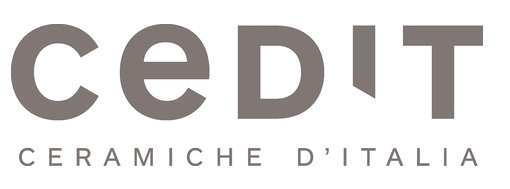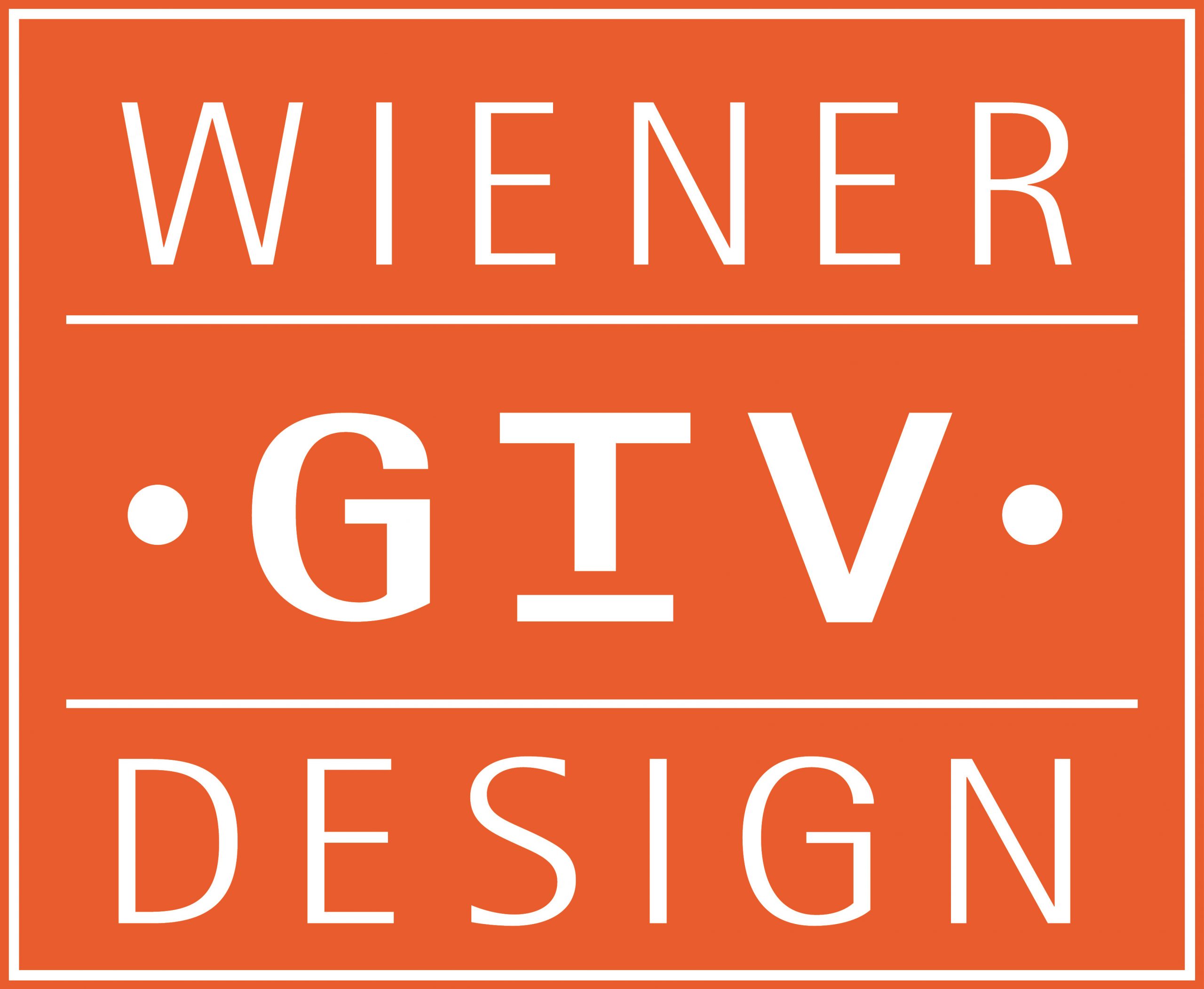WORKSHOPS – ARCHIVE
WORKSHOP #11
INTRA-TEMPORALITY
2018 – VIENNA
IN THE CONTEXT OF:
VIENNA DESIGN WEEK
JULIEN CARRETERO
ZANELLATO/BORTOTTO
INTRA-TEMPORALITY
The impact – above all cultural in nature – of technological evolution on society is changing the behavioral habits of individuals, in keeping with also radical variations that force our biorhythms to take on characteristics of dynamic variability. The subjection of vital rhythmical cycles to constant disturbance can influence our perception of time in a significant way; the trend towards a progressive and apparently irreversible acceleration of our lives forces us to value time as an increasingly precious resource.
What would happen if we were able to detect pockets of supplementary temporality amidst the folds of the single “current” moment? How could we exploit the availability of these additional fractions of time? Can Design Thinking develop a useful strategy to multiply these atoms of temporality recouped or created from scratch?
Furthermore: how can the designed objects we use function as devices of detection and application – or new formation – of these segments of extra-time we might indicate as particles of “intra-temporality”?
Participants
Agnese Roviti, Berfu Şahintürk, Danilo Lapenna, Delphine Lejeune, Diego López De La Fuente, Elettra Renzi, Gaetano Salemi, Julien Sebban, Ludovica Proietti, Martina Jole Moro, Melania Cioata Burduja, Valentino Chidiac.
Press Review
Icon Design n. 28, November 6th 2018, p. 44
Icon Design web
Domus web
Artribune
Cielo Terra Design
5 scholarships provided by

5 scholarships provided by

